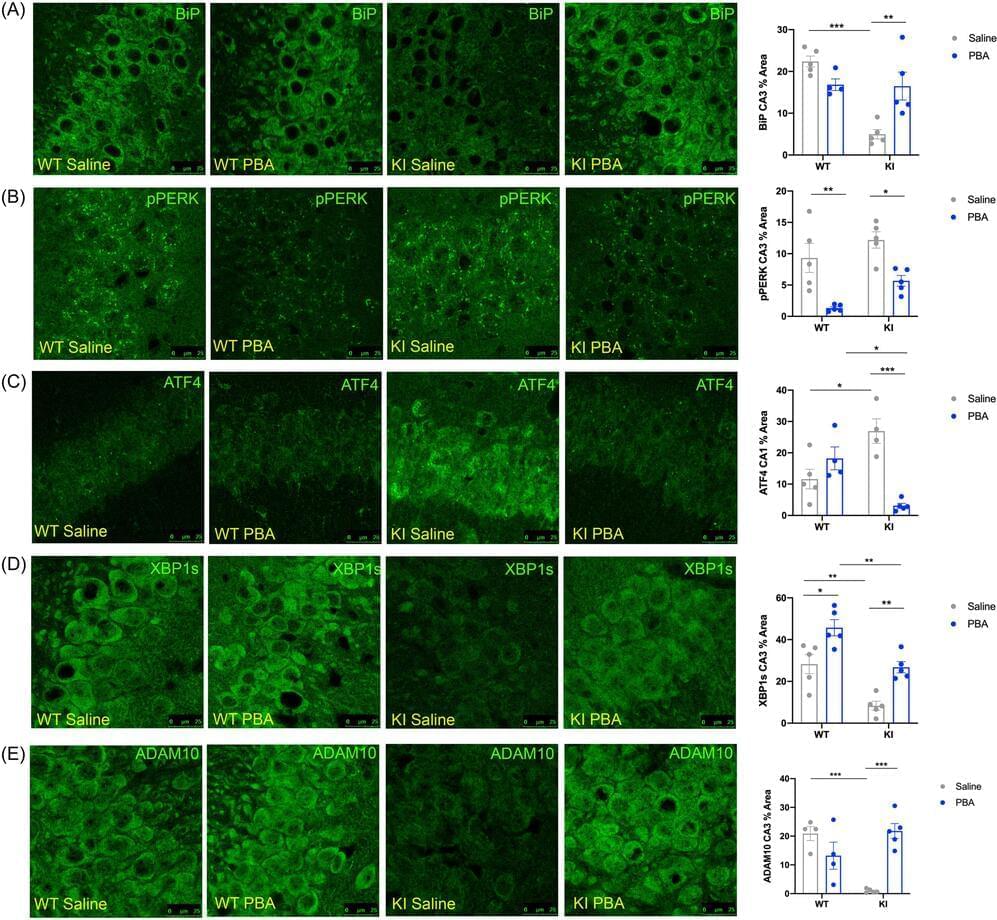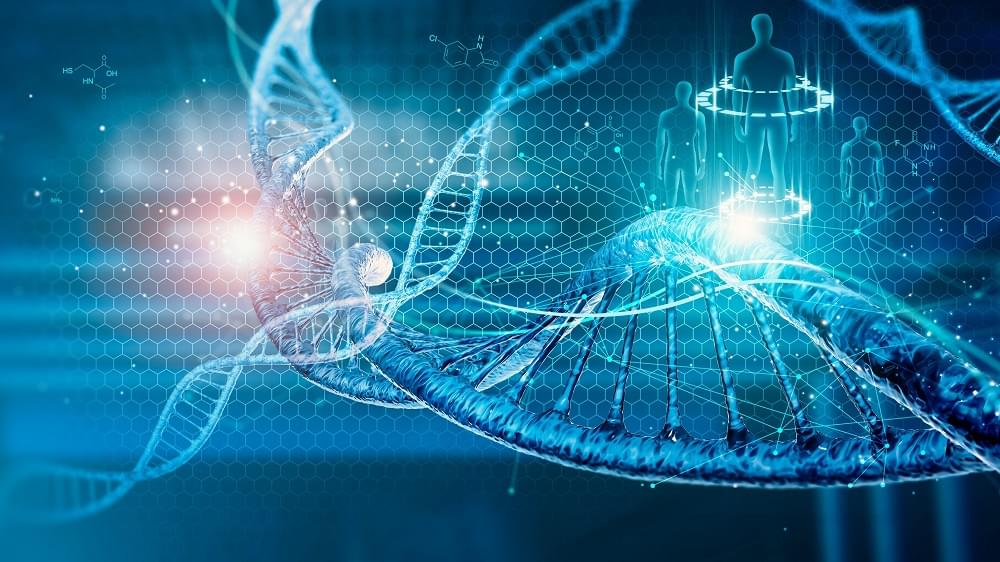A review discusses the current perception of brain immunity and its implications for brain aging, diseases, and immune-based therapies.


7 month treatment, 6 years returned according to a methylation clock, mostly in people who’s biological age was greater than their calendar age.
Dr. Brian Kennedy presents 4 molecules which show promising effects in both healthspan & lifespan in this video. https://pubmed.ncbi.nlm.nih.gov/37289866/http… https://pubmed.ncbi.nlm.nih.gov/37637… https://pubmed.ncbi.nlm.nih.gov/37925… https://pubmed.ncbi.nlm.nih.gov/35584… https://pubmed.ncbi.nlm.nih.gov/35050… https://pubmed.ncbi.nlm.nih.gov/28199… https://pubmed.ncbi.nlm.nih.gov/37904… https://pubmed.ncbi.nlm.nih.gov/37697… https://pubmed.ncbi.nlm.nih.gov/37217… https://pubmed.ncbi.nlm.nih.gov/34952… https://pubmed.ncbi.nlm.nih.gov/34847…
Please note that the links above are affiliate links, so we receive a small commission when you purchase a product through the links. Thank you for your support! =*=*=*=*=*=*=*=*=*=*=*=*=*=*=*=*=*=*=*=*=*=*=*=*=*=*=*=*=*=*=*=*= ~*~ Discount Coupon Code: REVERSE 🌏ProHealth Longevity 15% OFF Calcium AKG Longevity 500mg Caps https://prohealth.pxf.io/CaAKG NMN Pro™ Powder 100 g https://prohealth.pxf.io/NMN100 Longevity Greens™ Powder https://prohealth.pxf.io/LongevityGreens Full Spectrum Apigenin https://prohealth.pxf.io/apigenin Green Tea EGCG Extreme™ https://prohealth.pxf.io/EGCG 🔬Renue By Science 10% OFF Liposomal NMN caps https://bit.ly/45ChBDg Pure NMN Powder 100g https://shorturl.at/fjxU2 Lipo Quercetin 150mg https://bit.ly/3K4mwVg 🧬 DoNotAge 10% OFF Code: REVERSE https://donotage.org/?customer_referr… SIRT6 Activator® https://shorturl.at/owL23 Pure Hyaluronic Acid https://rb.gy/lcezr 🔶 Restore Our Cells Ability To Make NAD Like When We Were Young — Nuchido Time+ Supplement https://www.nuchido.com/REVERSEAGING FIRST ORDER 20% OFF Discount Code when checkout : REVERSEAGING20 🍀 iHerb New Customer 20% OFF Code: New20, existed customer 5% off All Products Link: https://iherb.co/sUBAZcqw =*=*=*=*=*=*=*=*=*=*=*=*=*=*=*=*=*=*=*=*=*=*=*=*=*=*=*=*=*=*=*=*=
DISCLAIMER: Please note that none of the information in this video constitutes health advice or should be substituted in lieu of professional guidance. The video content is purely for informational purposes. #longevity #taurine #supplements #CaAkg #urolithinA #Nicotinamide #ALA #quercetin #EGCG #greentea #vitaminC #zinc #rutin #CD38 #Apigenin #TMG #reverseaging #supplement #slowaging #stayyoung #MethylDonors #Epigenetic #sirtuin #Exercise #NAD #BeingHungry #Rejuvenate #Mitochondria #ALA #Antioxidant #LookYounger #Resveratrol #Quercetin #Fisetin #senolytics #OliveOil #Sirtuin #HIIT #aging #Lifespan #Berberine #ReverseAging #NAD #Sirtuins #Fasting #Longevity #RestoreYouth #Healthspan #Younger #antiaging #longevity
But what would it actually mean to transfer your mind from “meat space” to cyberspace, and how could it be done? The basic idea rests on several assumptions, says Angela Thornton, a researcher at the Horizon Centre for Doctoral Training at University of Nottingham, who is also partnered with the Carboncopies Foundation, a non-profit that focuses on “whole brain emulation” and the creation of substrate-independent minds. “It assumes that we could replicate our brain [with] a certain level of understanding of how it works,” she says. “Not necessarily knowing all the detail, but enough to be able to emulate it.” Then, she adds, we have to make the assumption that the “mind” (i.e. the abstract part of us that thinks, remembers, imagines and senses) naturally emerges from the structures of the physical brain.
This is a lot to take on, which is partly why current brain emulation research is still stuck at the level of worms and, in more advanced studies, mice. Whether you agree with them or not, though, the arguments to take experiments further – toward larger mammals and, finally, humans – are quite obvious. For one, we could theoretically ‘live’ forever as a disembodied consciousness (or at least until the machines that hosted our virtual minds were destroyed), and continue interacting with our loved ones after they’ve passed as well. It’s possible that this could also go some way to solving the alleged population crisis, while limiting the impact of our physical bodies on the planet’s finite resources.
Of course, there are plenty of important questions that need answers before any of this can actually happen. Below, Thornton helps us unpick some of the main constraints and controversies.


A “chaperone” molecule that slows the formation of certain proteins reversed disease signs, including memory impairment, in a mouse model of Alzheimer’s disease, according to a study from researchers at the Perelman School of Medicine at the University of Pennsylvania.
In the study, published in Aging Biology, researchers examined the effects of a compound called 4-phenylbutyrate (PBA), a fatty-acid molecule known to work as a “chemical chaperone” that inhibits protein accumulation. In mice that model Alzheimer’s disease, injections of PBA helped to restore signs of normal proteostasis (the protein regulation process) in the animals’ brains while also dramatically improving their performance on a standard memory test, even when administered late in the disease course.
“By generally improving neuronal and cellular health, we can mitigate or delay disease progression,” said study senior author Nirinjini Naidoo, Ph.D., a research associate professor of Sleep Medicine. “In addition, reducing proteotoxicity— irreparable damage to the cell that is caused by an accumulation of impaired and misfolded proteins—can help improve some previously lost brain functions.”
Longevitytech.fund’s Petr Sramek on why the longevity field needs to look at the whole – and why it needs precision and personalization.

In a new paper, Sinclair and his co-authors outline a theory arguing that epigenetic changes are the underlying cause of aging [1].
It is not every day that one of the most prominent geroscientists presents a new theory of aging. David Sinclair of Harvard, along with two co-authors, Yuancheng Ryan Lu and Xiao Tian, have just published “The Information Theory of Aging” in Nature Aging. This theory was proposed by Sinclair years ago [2], and this new paper is an attempt to summarize it based on the most recent research.
The ability to store and retrieve information is central to life, which relies on the constant reproduction of complex organisms using DNA blueprints. However, on top of that digital genetic code, there is a much messier realm of epigenetics, which regulates how genetic information is translated into proteins.

Growing old may come with more aches and pains attached, but new research suggests there’s a bigger picture to look at: by reaching our dotage, we might actually be helping the evolution of our species.
Once assumed to be an inevitable consequence of living in a rough-and-tumble world, aging is now considered something of a mystery. Some species barely age at all, for example. One of the big questions is whether aging is simply a by-product of biology, or something that comes with an evolutionary advantage.
The new research is based on a computer model developed by a team from the HUN-REN Centre for Ecological Research in Hungary which suggests old age can be positively selected for in the same way as other traits.
In this episode, I am joined by Dr. David Sinclair, tenured Professor of Genetics at Harvard Medical School and an expert researcher in the field of longevity. Dr. Sinclair is also the author of the book Lifespan: Why We Age & Why We Don’t Have To, and the host of the Lifespan Podcast, which launches January 5, 2022. In this interview, we discuss the cellular and molecular mechanisms of aging and what we all can do to slow or reverse the aging process. We discuss fasting and supplementation with resveratrol, NAD, metformin, and NMN. We also discuss the use of caffeine, exercise, cold exposure, and why excessive iron load is bad for us. We discuss food choices for offsetting aging and promoting autophagy (clearance of dead cells). And we discuss the key blood markers everyone should monitor to determine your biological versus chronological age. We also discuss the future of longevity research and technology. This episode includes lots of basic science and specific, actionable protocols, right down to the details of what to do and when. By the end, you will have in-depth knowledge of the biology of aging and how to offset it. #HubermanLab #DavidSinclair #Longevity

The study found a direct correlation between specific brain rhythms during sleep and the process of memory consolidation.
Summary: Researchers unveiled a critical link between breathing and memory consolidation during sleep. In an extensive study involving EEG and breathing analysis, they discovered that specific sleep-related brain rhythms are directly influenced by our breathing patterns.
These findings highlight the importance of respiration in reinforcing learned information while we sleep. This work could have significant implications for addressing age-related memory issues and sleep disorders.